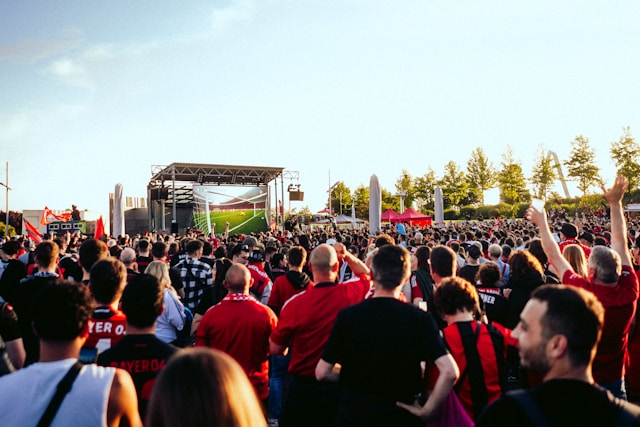The request by Carnival Barrie for $50,000 from civic coffers is more than a simple appeal for financial aid; it forces a stark examination of a persistent municipal question: who gets funding for Barrie events, and upon what clear, consistently applied principles are such decisions made? This single festival’s plea brings into sharp focus the challenge of equitable resource distribution in a community fostering diverse cultural expressions.
Carnival Barrie, buoyed by a reported 85 per cent surge in revenue and attendance in 2024, and lauded as a “Top 100 Event” in Ontario, now seeks to expand its reach by a further 25 per cent. Organizers articulate a vision of a free, safe, family-friendly celebration of Latin cultures, aiming to transform today’s visitor into tomorrow’s investor. To achieve this, they state a need for a partnership with the city, specifically to cover escalating festival operating costs. The desired $50,000 is earmarked for what are termed “critical hard costs.” These include increased event security, enhanced staging expenses, extensive flood lighting for safety, portable toilets, fencing, parking, and waste management—expenses familiar to any large-scale public gathering.
The issue for Barrie’s council is not the legitimacy of these festival operating costs, but the precedent that acceding to this specific request might set. Mayor Alex Nuttall pointed to the volume of financial requests from various groups presenting annual events, suggesting that opening the door for one necessitates doing so for all. This sentiment was echoed by councillors questioning the consistency of such funding. Coun. Bryn Hamilton’s query, “Where do we draw the line?” encapsulates the central dilemma. It is a question that probes the very foundation of how public money is allocated, particularly when numerous Barrie events vie for limited resources. Without transparent criteria, decisions regarding who gets funding can appear arbitrary, fostering perceptions of inequity among community organizations.
The announcement of LIUNA 183 as a presenting sponsor for Carnival Barrie in 2025 introduces another dimension. This partnership, described as a strategic collaboration to promote Barrie as a desirable place to live and work, includes a “Move to Barrie” initiative aimed at attracting skilled workers. While private sponsorship is a welcome development for any festival, its presence complicates the public funding debate. Does such corporate backing lessen the city’s perceived obligation, or does the alignment with municipal labour market strategies strengthen the case for taxpayer support? This becomes another variable in the complex equation of determining who gets funding.
The city’s decision on Carnival Barrie’s funding request, currently in limbo, will resonate beyond this single event. It will signal the municipality’s stance on supporting its vibrant cultural sector and, more importantly, the methodology it employs. If consistency and fairness are paramount, as council members suggest, then the discussion must transcend individual requests and lead to the establishment of a clear, defensible framework for all Barrie events seeking financial assistance. The fundamental issue is not whether Carnival Barrie is deserving, but how the city ensures a level playing field for all who contribute to Barrie’s cultural tapestry, ensuring that the process of deciding who gets funding is as clear as the celebrations themselves.
References:
Carnival Barrie’s funding request in limbo as council seeks consistency

